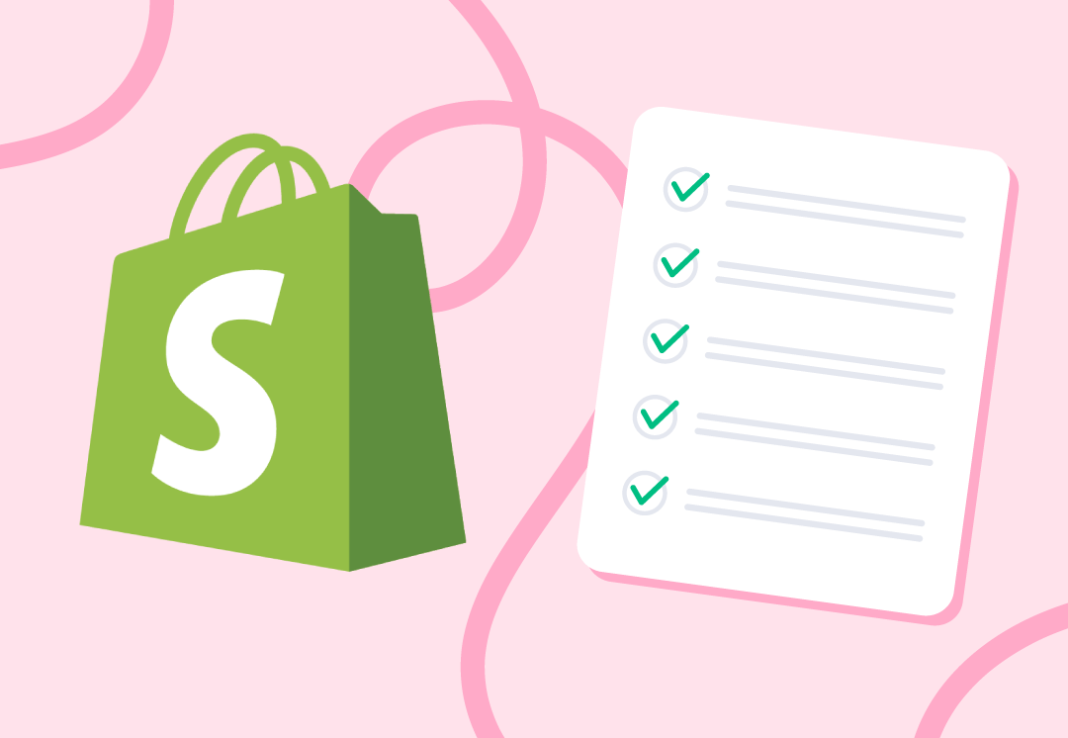Shopify is a premier platform for creating and managing e-commerce stores, serving over 1.75 million merchants in 175 countries. While it offers robust tools to ease store management, overlooking essential details during setup can lead to future complications. To help your online store thrive, our Shopify Plus development agency has created a comprehensive checklist outlining the vital steps for lasting success.
The Advantages of Choosing Shopify for E-Commerce
Shopify is a cloud-based e-commerce platform that enables businesses around the globe to create and manage online stores through a subscription model. It caters to entrepreneurs and companies of all sizes, facilitating a seamless digital presence. Shopify allows users to rapidly establish an online storefront and start selling products easily, making it a preferred choice for established brands and startups due to its user-friendly interface and scalability.
Your Comprehensive Guide to Setting Up a Shopify Store
Establish Your Custom Domain
When setting up your Shopify store, you’ll be assigned a free myshopify.com domain (e.g., “https://new-fashion-brand.myshopify.com”). However, this domain may not reflect a professional image, which could impact your brand identity. A custom domain is more memorable and instills trust in your customers. You can purchase a domain through various providers, such as Google Domains. If you’re pressed for time, consider hiring a Shopify development agency to assist with the setup. Remember that changing your domain may initially show as disconnected, which is normal as the updates can take up to 24 hours to take effect.
Develop Essential Pages for Your Store
Your Shopify store should include key pages that customers expect. These pages enhance trust and credibility for your brand while enriching the user experience by providing essential information about your offerings, policies, and contact options. Key pages to include are:
- Homepage
- Contact Page
- About Page
- FAQ Section
- Shipping & Returns Policy
- Terms & Conditions and Privacy Policy
- Collection Pages
- Product Pages
- Checkout Page
Configure Payment Options and Tax Management
Shopify supports a variety of payment gateways, including Shopify Payments, PayPal, and Worldpay, to cater to diverse customer preferences. Selecting the right payment method before launching is crucial for ensuring secure transactions and protecting both your business and customers’ payment information.
Determine Your Shipping Rates
It’s vital to establish competitive and transparent shipping rates before customers complete their purchases. Your rates should accurately reflect your product offerings and shipping zones. Consider different shipping options, such as calculated, flat-rate, and weight-based shipping to best serve your customers.
Optimize Your Store’s Loading Speed
Loading speed significantly impacts user experience and can be a determining factor in the success of your online store. A score above 50 is generally considered good, according to Google Lighthouse. Use tools like Page Speed Insights to assess and improve your store’s loading times.
Ensure Mobile Compatibility for Your Store
Many businesses still overlook mobile optimization, which is a crucial aspect of e-commerce success. In fact, 79% of customers dissatisfied with a site’s loading speed are unlikely to return, potentially resulting in significant revenue loss. Shopify allows you to customize settings to enhance the mobile shopping experience. Regularly test site speed with tools like Google Page Speed and address any broken links. Additionally, consider factors such as image placement, CTA button positioning, and browser compatibility for a more effective mobile experience.
Implement Effective SEO Strategies for Better Visibility
Search Engine Optimization (SEO) is essential for improving your Shopify store’s visibility in organic search results. Focus on optimizing meta titles, product descriptions, image alt texts, and more to gain an edge over competitors and attract new customers. Familiarize yourself with the basic principles of SEO and leverage Shopify’s built-in tools to enhance your store’s ranking. Key SEO tasks include:
- Creating a Sitemap: A sitemap aids search engines in crawling and indexing your site efficiently.
- Optimizing Images: Use descriptive file names and alt texts with relevant keywords, and consider file formats like JPEG or PNG for better performance.
- Conducting Keyword Research: Identify relevant keywords to incorporate into your content for higher visibility.
- Completing Your Google Business Profile: Provide all necessary information and add high-quality images to boost credibility.
- Content Marketing: Generate optimized, high-quality content across all critical pages to improve rankings and conversion rates.
Invest in High-Quality Visual Content
High-quality visuals can significantly impact your store’s aesthetic and customer engagement. Organizing a library of diverse media assets before launching will save you time and enhance your store’s appeal. Consider including:
- Product Photography
- Branded Images
- Stock Photos
- Logos in various formats (EPS, JPG, PNG)
- A Style Guide
- Branded Graphics
- Icons
- Video Files
Creating versions of your branded images without logos will allow greater flexibility for marketing use.
Enhance Customer Engagement Through Design and Functionality
A user-friendly layout with intuitive navigation is crucial for providing a positive experience. Your store should load quickly, be mobile-responsive, and optimize for Google’s Core Web Vitals. To improve site speed, consider these strategies:
- Optimize Image Sizes
- Limit Installed Apps
- Choose a Speed-Optimized Theme
- Enable Caching
- Simplify Page Elements
Benefits of Fast Loading Speed: - Enhanced User Experience
- Increased Conversion Rates
- Better Search Rankings
- Improved Mobile Navigation
- Greater Customer Loyalty
- Positive Brand Image
- Better Ad Performance
Explore Chatbot and Messaging Solutions for Customer Support
With technological advancements, businesses have the opportunity to engage customers innovatively. Research shows that 1.4 billion people use chatbots for inquiries and feedback collection. By preparing a library of pre-written responses, you can provide instant answers to customers, saving time and reducing operational costs. Additionally, integrating Shopify with platforms like Facebook Messenger can enhance customer communication, contributing to long-term success.
Conclusion
These ten essential steps will guide you in successfully launching your Shopify store. Feel free to reach out if you’re ready to start your e-commerce journey. Our Shopify Development Services can assist in swiftly designing and developing your store, alongside customized marketing and business strategies to help your brand flourish.
